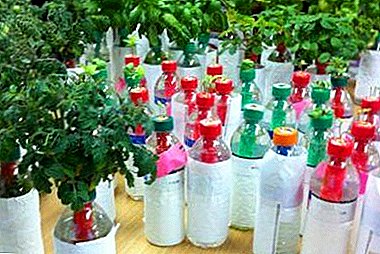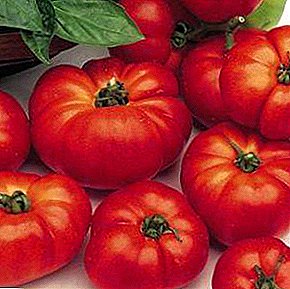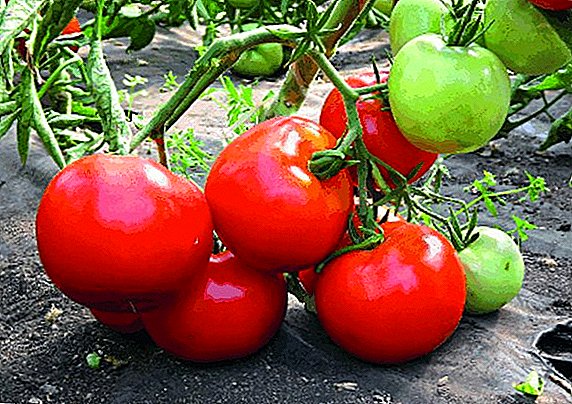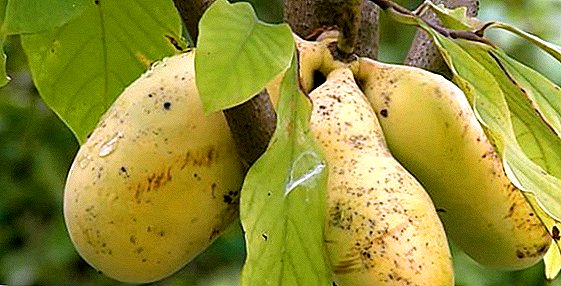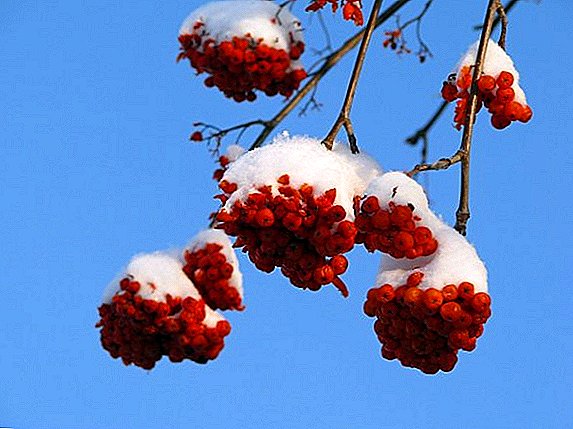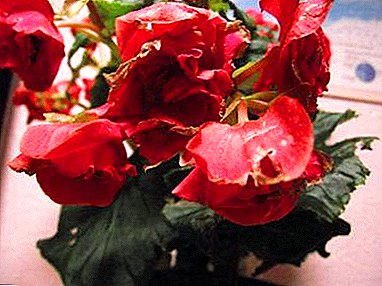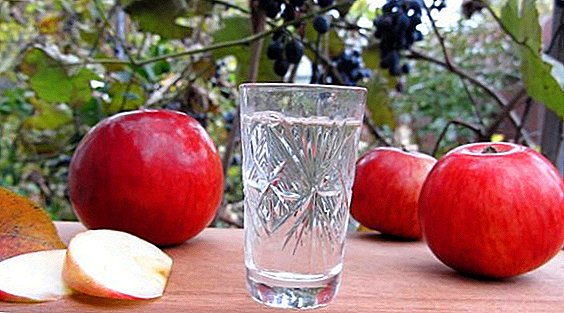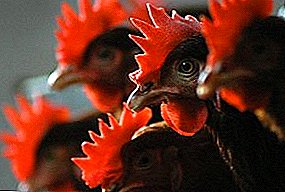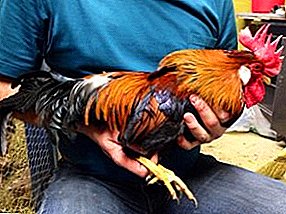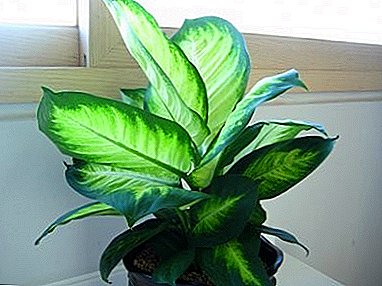
Dieffenbachia (Dieffenbachia lat.) Is an evergreen tropical plant, its homeland is the wet forests of Central and South America.
Dieffenbachia is capable of reaching two meters in height, the leaves are large, wide, variegated.
With a good, competent care, Dieffenbachia pleases with its exotic beauty, the flower develops well, it always has new leaves. But what if your "green household" gets sick?
Most often, growers who grow Dieffenbachia are faced with the fact that they start to turn yellow, dry and curl the leaves, there are other problems - the flower does not grow well, it becomes sluggish.
What is the cause of indisposition: improper care in the home or an attack of pests? Consider all the "sores" Dieffenbachia in more detail and try to determine the cause of their occurrence and methods of treatment.
Diffenbachia diseases and their treatment
 How to help a tropical beauty?
How to help a tropical beauty?
- Dieffenbachia leaves turn yellow, reasons, what to do? Solution to the problem:
- low air humidity. Diffenbachia, not getting enough moisture from the air, also starts to turn yellow, so in winter it should be kept away from central heating batteries or buy a humidifier;
- direct sunlight, the light should be enough;IMPORTANT! From the direct exposure of the sun, the tender leaves of the plant can get burned and turn yellow; the eastern or southeast side of the room should become the habitat of Dieffenbachia.
- excess watering, Dieffenbachia moisture-loving and watering should be quite abundant, especially in summer;IMPORTANT! The land in the pot after watering should not resemble a liquid porridge, root decay may begin, leading to yellowing and falling leaves.
It is necessary to check whether the roots of the flower started to rot. To do this, remove the plant from the pot, examine the root system, remove the rot and affected root areas, transplant the flower into another smaller container, observing the rules of planting (drainage 1/3 of the pot, 2/3 soil mixed with sand and peat)
- low air temperature. Dieffenbachia is a tropical resident, she loves heat, so the temperature in the room should not fall below 22 degrees;
- drafts, which the flower does not like very much, therefore, Diffenbachia is better to keep away from the balcony door and air vents;
- Diffenbachia dries and leaves fall, the tips of the leaves dry and wither, the causes and solution of the problem:
- fungal lesions (atraknoz, leaf spot), spores of the fungus (leaf spot) can get a plant with irrigation water, dry brown spots appear on the edges of the leaves, gradually spreading over the entire surface of the leaf, it becomes sluggish, lifeless.
IMPORTANT! Diffenbachia must be watered with well-settled (at least 24 hours) water.
Atraknoz is provoked by excessively high temperature in the room, dry air, in some cases too wet soil (excessive watering), to get rid of this trouble, it is enough to normalize the temperature and watering regime;
- drafts, low air temperature can also lead to drying and dropping of leaves; to eliminate the problem of Dieffenbachia, you need to ensure a comfortable indoor microclimate;
- the plant is aging, the lower leaves dry, fall off, this is a natural process. It is necessary to rejuvenate it by cutting. To do this, the bare trunk of Dieffenbachia needs to be cut into cuttings, leaving only a small part of the stem in the pot, which will soon give a new shoot and Dieffenbachia will continue to grow;
Cuttings should be placed in water and planted in another pot after the roots appear.
- the impact of pests, which will be discussed later and in more detail.
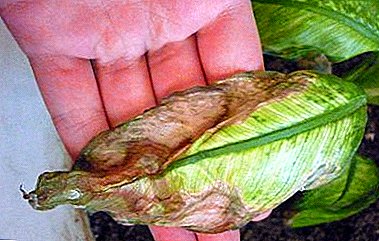 Dieffenbachia fades, causes and solution:
Dieffenbachia fades, causes and solution:- Fusarium disease, the causative agents of the disease are in the soil, affect the root system, gradually brown oblong spots appear on the leaves and trunk, the plant begins to fade.
IMPORTANT! It is necessary to plant Dieffenbachia initially in high-quality soil and to prevent drying.
To combat fusarium, the flower must be transplanted into another pot, after removing the rot from the roots and treating the affected areas with a fungicide;
- root rot that appears when the soil is overly fertilized and wet. Rot first affects the root system, then gradually affects the trunk, the flower fades and dies. It is necessary to transplant Dieffenbachia, having previously treated the roots with a fungicide and limit watering;
- waterlogging in combination with low air temperature, in this case it is necessary to provide the plant with a comfortable temperature, limit watering.
- In Dieffenbachia leaves curl or do not unfold as they grow. Causes and solution of the problem:
- watering with cold water, it is desirable to defend water for watering for at least 24 hours;
- drafts and low room temperature;
- pest attack.
- Dieffenbachia is not growing, the causes and solution of the problem:
- viral lesions (bronze and viral mosaic), usually carried by insects, yellow round spots (bronze) or a mosaic of spots (viral mosaic) appear on the leaves of the plant, Dieffenbachia fades, stops developing. To cope with this problem is almost impossible, the flower must be destroyed;
- there is not enough light. It is necessary to move the flower to a brighter room, but remember that the flower does not tolerate direct sunlight;
- insufficient watering. Land in a pot should always be slightly damp;
- lack of fertilizer in the soil. The lack of fertilizers as well as their surplus negatively affects the growth and development of Dieffenbachia, it is necessary to use the fertilizer strictly according to the instructions on the package;
- Dieffenbachia cries, causes and solution:
- excess watering. The flower protects itself from excess moisture in the soil, a similar phenomenon can be observed before the rain, the plant opens channels to release moisture, preparing for an excess of water.
In the photo below you will see the symptoms of the disease in Dieffenbachia:





Pests. Methods of dealing with them
Despite the poisonous nature, Dieffenbachia is prone to attacks of pests that cause significant damage to it.
Her spider mites, aphids, mealybugs, scybites are the most frequently affected. The method of dealing with each species is the same: it is necessary to wash the leaves and the stem of the flower with a sponge moistened with soapy water (which should be washed off under running warm water) and the treatment of Dieffenbachia with an insecticide solution (karbofos, 15 drops per 1 liter of water).

- scytivka is a small insect with a hard wax body, usually it can be found on the inner side of the leaf, the affected leaves turn pale and fall off;
- Mealybug gets its name due to the discharge, like shreds of fluff, striking the leaves, Dieffenbachia begins to turn yellow and fall off, the flower dies;
- spider mite, whose presence can be determined by the bloom of the web on the trunk, the leaves of the flower become sluggish and lifeless;
- Aphid - an insect that has a dark green color, it can be seen on the inner side of the leaves, the aphid is dangerous because it is able to suck the intercellular fluid, weakening the plant and is a carrier of diseases;
- thrips - small bugs, suck the juice from the plant, which leads to twisting and drying of the leaves.
As a rule, a variety of domestic plants are often found in the house, and if the parasites appear on one, then the others should also be checked. The same pests also affect the popular ones: Geranium, Dracaena, Yucca, Ficus Benjamin “Daniel”, “Mix”, “Natasha” and most of the rest of the houseplants.
Conclusion
Here is all the information about the most common diseases and problems Dieffenbachia. Of course, it is possible that nothing of the above with your plant may not happen, but: “forewarned, forearmed”, take this article into service and then you can save your darling Dieffenbachia in any situation.
//youtu.be/7UuBfcx1McM


 Dieffenbachia fades, causes and solution:
Dieffenbachia fades, causes and solution: